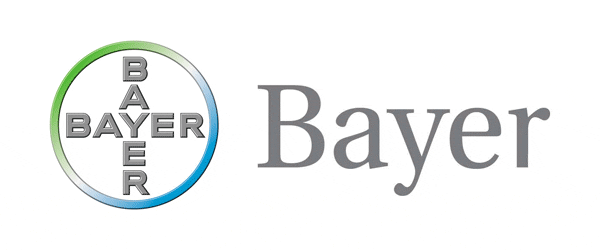
Source:http://www.infiniteunknown.net/wp-content/uploads/2010/04/bayer_logo.gif
Bayer is currently involved in a legal dispute in India that is being monitored by other companies in the pharmaceutical industry. Bayer is in the midst of an appeal, “challenging the Indian patent controller’s decision in March to override the company’s monopoly on its cancer drug Nexavar and to allow an Indian company to produce and sell “ (Financial Times) the drug at the price of $173, way below the Bayer price of $5,500 per month. The possible effect of this decision could lead to other drug companies creating a less expensive generic version of pharmaceuticals. India has typically always had a weak patent law despite the county’s adoption of supposed stronger intellectual property laws to grant greater protection in 2005. “But, the country’s longstanding emphasis on making medicines affordable remains, and the wording of legislation offers an unusual amount of flexibility. Drug companies must clear high barriers to receive patents; even then, generics companies can seek a compulsory license to override them.” (Financial Times) Similar to the case at bar, India’s Supreme Court has also begun to hear final arguments for the Novartis patent case regarding its cancer treatment. (Financial Times). The Financial Times has deemed the Bayer case “the greatest concern, because it could encourage other generic producers to offer cut-price versions of drugs to overturn patents.” The effects of these laws has led to companies offering discounts on prices hoping to sell higher quantities, in addition to companies going into companies with generic rivals to boost their sales or manufacture the drugs at a lower cost to the companies.
Although there are positives associated with the high barriers for patent laws in India, such as helping more people gain access to the drug at a lower price, I do believe that the patent laws and other avenues of circumventing these laws through a compulsory license need to be changed or altered to protect innovation and creativity on the part of these drug companies. A company that has developed a product should be able to reap the benefits of such product without competition for a specified period, before generic brands can be produced. As I mentioned above, while I see the good of increasing the availability of medicine, I do not necessarily agree with the amount of protection that companies are afforded and I believe that needs to change.
I ask you to consider the following questions:
(1) Whether the barriers placed in India in acquiring a patent are beneficial overall,
(2) Do you believe that the India Patent law should give greater protection to drug companies?
Source: Financial Times
The Indian patent law system is certainly detrimental to big pharmaceutical businesses such as Bayer. While this is so, it is hard to argue with the policy justifications offered by the Indian government. The government wants its’ citizens to receive treatments at an affordable price. In a country where 70% of medical costs are out of pocket (Financial Times), it seems almost impossible for the general Indian population to afford a drug that costs $5,500. In that respect, I see the high barriers for patents in India to be beneficial.
Each country has its’ own patent system and when venturing into a foreign jurisdiction with a patent, we must adhere to the requirements of that country. One potential problem I see is that big companies with the most research and development resources may not introduce their products in a country that allows for easy generic duplications of drugs, therefore restricting access to the best drugs in countries such as India. There should be some sort of middle ground. It should not be near impossible for a company to retain a patent on their drug in India, and in order to prevent companies from staying out of India, there may need to be somewhat lower barriers. Perhaps an adjustment to the compulsory license is a solution, but whatever the solution, I don’t think it can be on one side of the patent spectrum or the other.